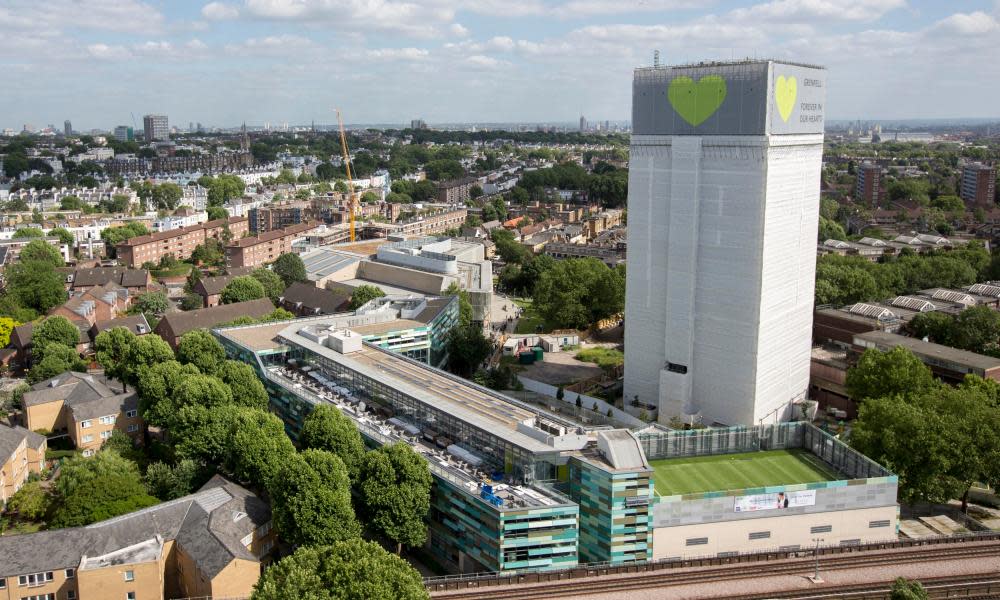Grenfell fire safety plan did not include cladding assessment

A fire safety strategy drawn up by experts for Grenfell Tower did not account for the installation of combustible cladding and concluded the refurbishment of the 24-storey block would not make it more susceptible to external fire spread, it has emerged.
The fire safety consultants Exova Warringtonfire told the architects in 2013 that “the proposed changes will have no adverse effect on the building in relation to external fire spread, but this will be confirmed by an analysis in a future issue of this report”.
No further report was commissioned, Exova said, before the 14 June 2017 fire spread through the combustible cladding system within minutes, engulfing the 120-apartment building and ultimately claiming 72 lives.
However, the report, obtained by Inside Housing magazine and seen by the Guardian, appears to have been carried out without the experts realising new cladding was being planned. Even though the architects, Studio E, had already proposed a full reclad in planning documents, Exova’s fire safety strategy does not include it in a list of changes in the £10m refurbishment.
“The information that Exova was supplied with in order to prepare this work did not include any specification in relation to any proposed cladding system,” the company said in a statement. “Exova was therefore unable to comment in that regard.”
It added: “Exova made very clear that any impact on external fire spread would need to be confirmed as part of a later report.
“There was, at that point, no scope for the detailed technical fire engineering that would be involved in, for example, testing/certifying particular products or systems, or advising on their suitability. Exova was never asked for such advice.”
The later report was never commissioned, at least from Exova. Studio E declined to answer questions about the revelation, citing the forthcoming second stage of the public inquiry into the disaster, which is to examine the events leading up to the blaze.
It is not yet clear what further fire safety strategy analysis was carried out as the design progressed. Planning documents held by the Royal Borough of Kensington and Chelsea show in the summer of 2012, residents of the tower were being consulted on what type of cladding they preferred, including colour and material.
A spokesperson for Grenfell United, the survivors’ and bereaved group, said: “It was clear from the evidence in the first part of the inquiry that the refurbishment of Grenfell tower was non-complaint and unsafe. This document is another reminder that all those involved in the design, management and signoff of the refurbishment have many questions left to answer both at the inquiry and to the police.”

 Yahoo News
Yahoo News 
